Details January 2023
January 2023 – 3900.56 Release
- See and edit grades for anonymous submissions prior to posting
- Essay Question Model Answer
- Non-posted grades included in Grade History
- Test Question and Page Randomization
- Progress Tracking: Status and filters for group submissions
- Discussions – No Activity After Due Date
- Expand and Collapse Course Faculty, Details & Actions, and Course Content sections
- Base Navigation: Activity Stream New Submission link improvement
- Course Upgrading: Convert Test Passwords to Passcodes
- Course Upgrading: Remove Unsupported Text Colors
- Course Upgrading: Preserve Text Sizes
- Bb Annotate: Create categories inside the content library
See and edit grades for anonymous submissions prior to posting
Anonymous grading is an important practice to ensure fair and consistent grading. In the past when anonymously grading, instructors could view grades on the Submissions page only after posting grades. This prevented instructors from editing grades before students could view grades.
Now instructors can view grades on the Submission page before they post grades. Student anonymity is still preserved until the grades are posted. To edit a grade, an instructor can open the attempt.
Image 1. Grades are viewable on grading submissions page when anonymously grading
Essay Question Model Answer
Instructors want to ensure that they grade students’ work fairly and consistently. This can be especially challenging when evaluating student responses to essay questions. Instructors like to have a reference while grading. Now instructors can include a model answer for essay questions. Instructors and graders can see this when grading.
Image 1. Model answer when authoring essay questions
Students can see the model answer when reviewing their results if the test is configured to show correct answers. Students do not see the model answer when they take a test.
Image 2. Student viewing the model answer along with their own response
Non-posted grades included in Grade History
Grade history provides a log of changes to grades in a course. This is important in situations such as grade challenges and ensuring grading errors were not made. The grade history now includes non-posted grades. Including non-posted grades supplies greater insight into grade changes in the course.
Image 1. Grade history download file with non-posted grade information
Test Question and Page Randomization
Instructors randomise test question to improve academic integrity. In the past, instructors couldn’t randomise questions if the test contained text blocks, files, or images.
Now instructors can enable randomisation when the test has text blocks, files, or images. The non-question elements are locked in place. The test randomises questions between those non-question elements.
Image 1. Instructor sets randomize option for a test with non-question elements
Instructors can also randomise questions in a test that contains page breaks. Questions randomise within their assigned page. If a page contains non-question elements, the questions randomise between those elements.
When there are pages for the test, instructors can also randomise page order. If instructors randomise the page order, they can also lock the first page into position. This is useful when the first page is a cover page or contains test instructions.
Image 2. Instructor selects to randomise both questions and pages
Progress tracking: Status and filters for group submissions
In the past, the submission view of assessments and discussions included two status columns:
- Student status
- Grading status
Now we also show both in the group submission page. This gives instructors greater clarity into group work status. We also separated the filter to allow compound filtering of student and grading statuses. The default filter shows everything. The filter resets every time an instructor accesses the submission view.
Image 1. Group submission filters
Discussions – No Activity After Due Date
In the past students could continue posting in Discussions after the due date had passed. This created problems for instructors when grading discussions. Now instructors may lock the discussion after the due date has passed. When selected, students can’t create, reply to, or edit posts after the due date. Students with a due date accommodation can continue to create, reply to, and edit posts after the due date.
Image 1. Instructor view of the “Stop discussion activity after due date” setting
Image 2. Student view of Discussion once the due date has passed
Blackboard Learn Mobile App
Expand and Collapse Course Faculty, Details & Actions, and Course Content sections
In the past users on a mobile device had to scroll through the Course Faculty and Details & Actions sections to see course content. Now users can collapse these sections, making it easier and faster to access course content.
Image 1. Collapsible sections
Activity Stream new submission notification improvement
For instructors, the Activity Stream includes notifications for new submissions from students. In the past, these links directed the instructor to the Submissions List View of that assessment in Ultra Course View. Now these links direct the instructor to the Submissions List View with the “Needs Grading” filter already applied. This improves grading efficiency.
Additionally, the instructor can add a browser bookmark for the Submission List filter views. This provides faster access to the instructor’s preferred filtered view.
Image 1. Submissions view filtered by Needs Grading
Course Upgrading
Convert Test Passwords to Passcodes
The Original Course View allows instructors to add passwords to Tests. In the past when an instructor converted an Original test to Ultra, the passwords were lost. Now a generated passcode replaces passwords when the Test is copied. Instructors can view the new access code in Test settings. They may need to update references to passwords in the course.
Additional Improvements to Unsupported Text Color Removal – 3900.56
The Original Course View allows instructors to choose any color for text. This content may be difficult to read or not accessible. Ultra Course View has a curated set of text colors to ensure readability: black, gray, purple, blue, and green. During conversion, we remove unsupported text colors. This text becomes black. This release adds several areas where text colors are corrected for readability:
- Journals
- Groups within group sets
- Tests
We remove unsupported text colors during conversion from the following:
- Announcements
- Discussions
- Assignments
- Documents
- Journals
- Groups and Group Sets
- Tests and Question Types
For administrators: There are no configurations needed.
Preserve Text Sizes
In the past, the text copied from Original to Ultra Course View did not support different text sizes. During the conversion process, text would be set to size 14 pixels. Now we preserve text sizes during the conversion process using the following logic:
- If text size is less than or equal to 10, set to 10 pixels.
- If text size is 11 or 12, set to 12 pixels.
- If text size is 13 or 14, set to 14 pixels.
- If text size is less than 17, set to 14 pixels.
- If text size is greater than or equal to 17, set to 18 pixels.
- If text size is less than 22, set to 18 pixels.
- If text size is greater than or equal to 22, set to 24 pixels.
- If text size is less than 31, set to 24 pixels.
- If text size is greater than or equal to 31, set to 36 pixels.
- If text size is less than 43, set to 36 pixels.
- If text size is greater than or equal to 43, set to 48 pixels.
Text sizes are different in the Original and Ultra Content Editors. The conversion logic preserves similar text sizes to reduce cleanup.
Sizes are preserved when converting text associated with the following items:
- Announcements
- Discussions
- Assignments
- Documents
- Journals
- Groups and Group Sets
- Tests and Question Types
Bb Annotate: Create categories inside the content library
Creating and reusing comments is a useful practice for instructors. When using Bb Annotate, instructors can use the content library to store comments across courses. Now instructors can also organize comments into categories. Categories helps instructors find the comments they want to use. The process of providing student is more efficient with the new option. Existing comments will be part of a general comments category until instructors decide to move them to a new one.
Now instructors will be able to:
- Create as many categories as needed
- Move comments to new or existing categories
- Collapse or expand the categories to easily locate the comments


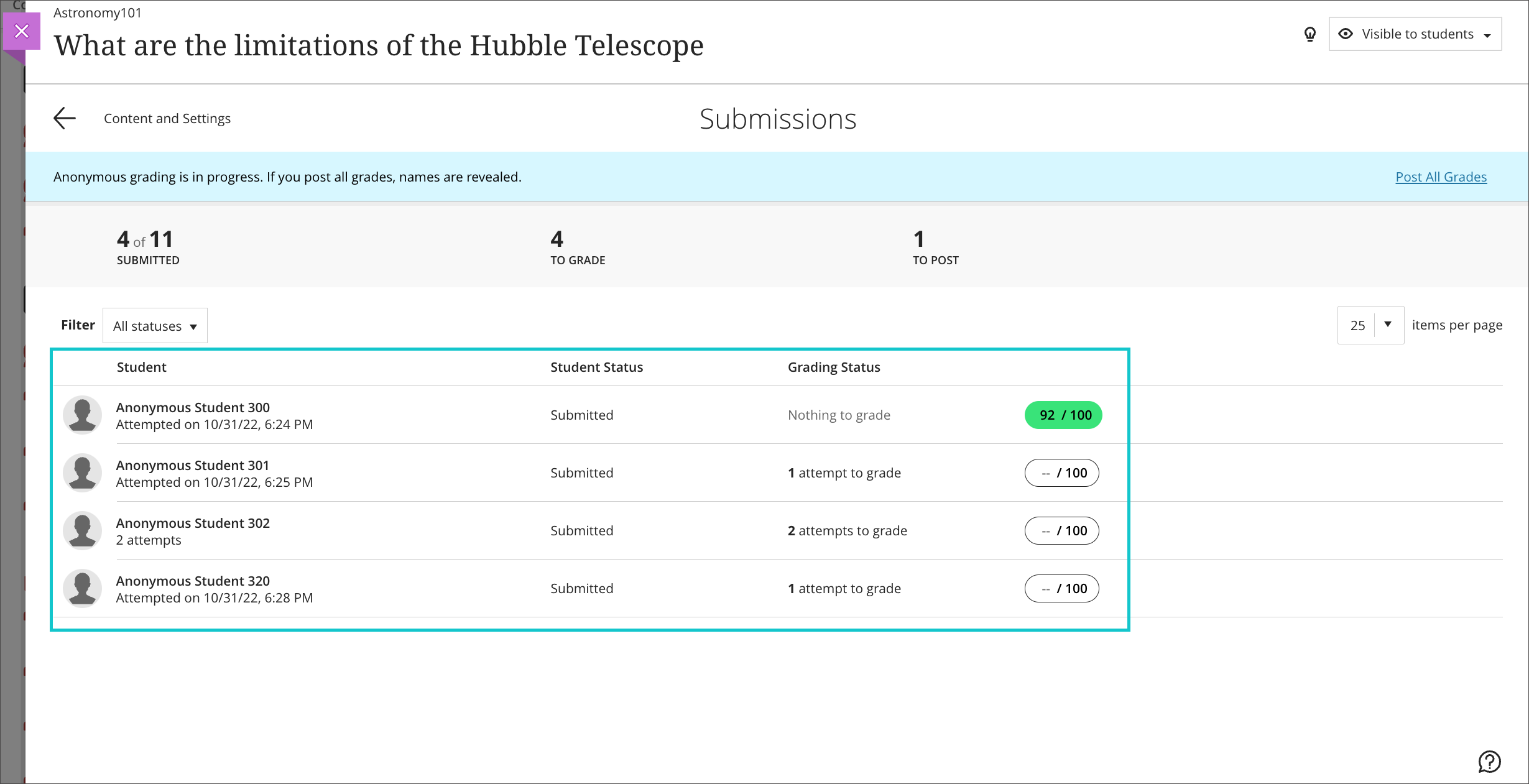
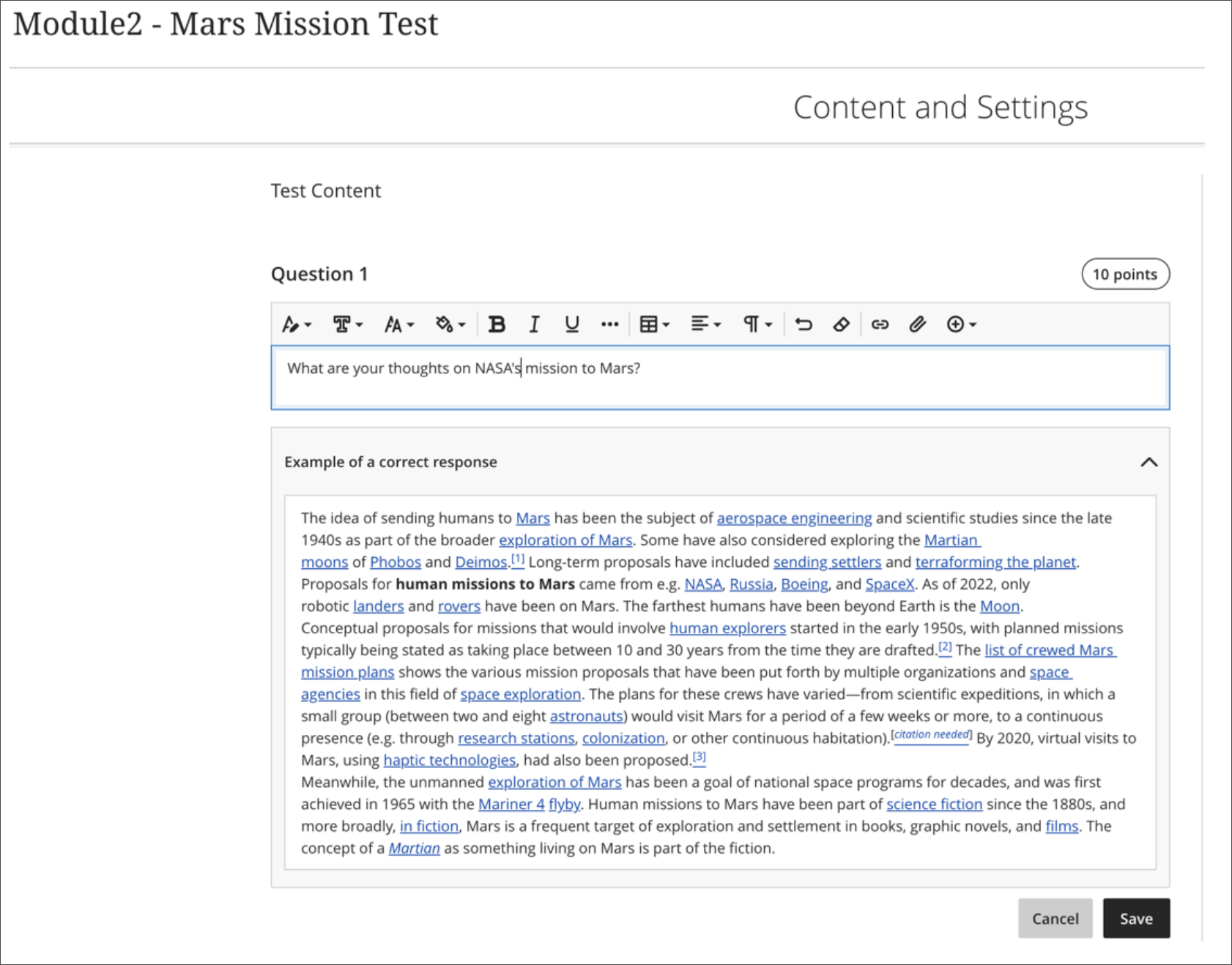

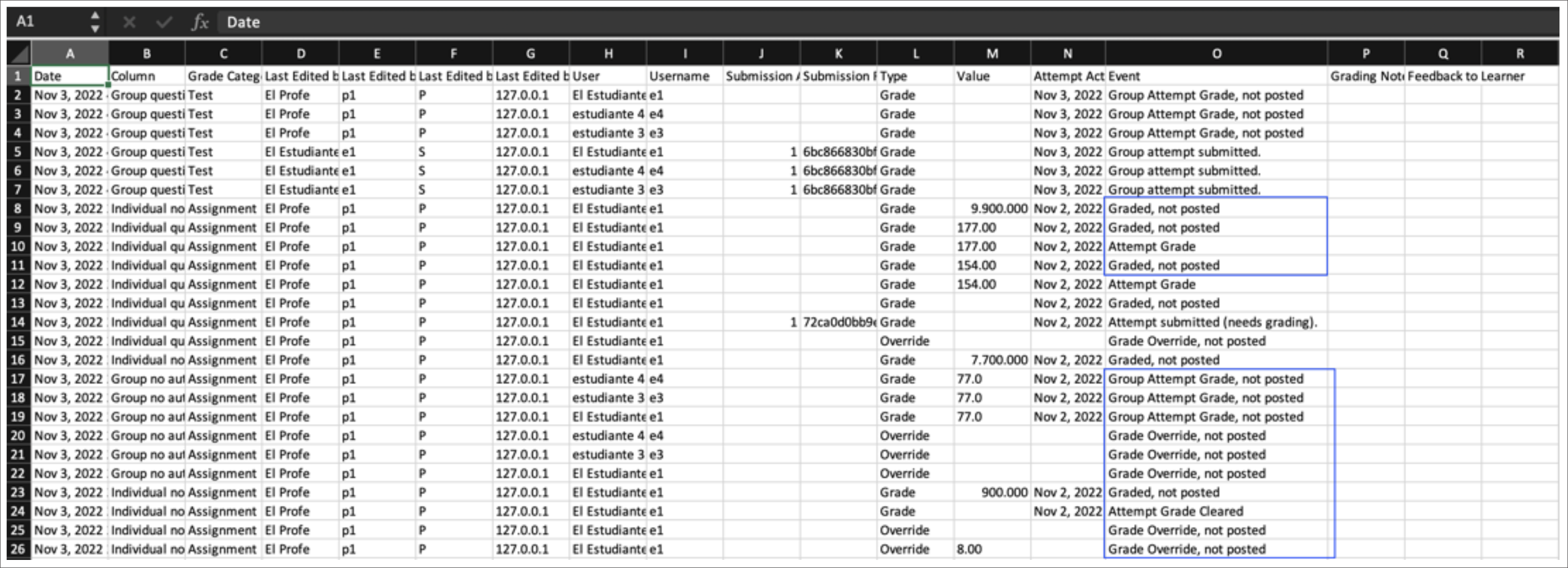
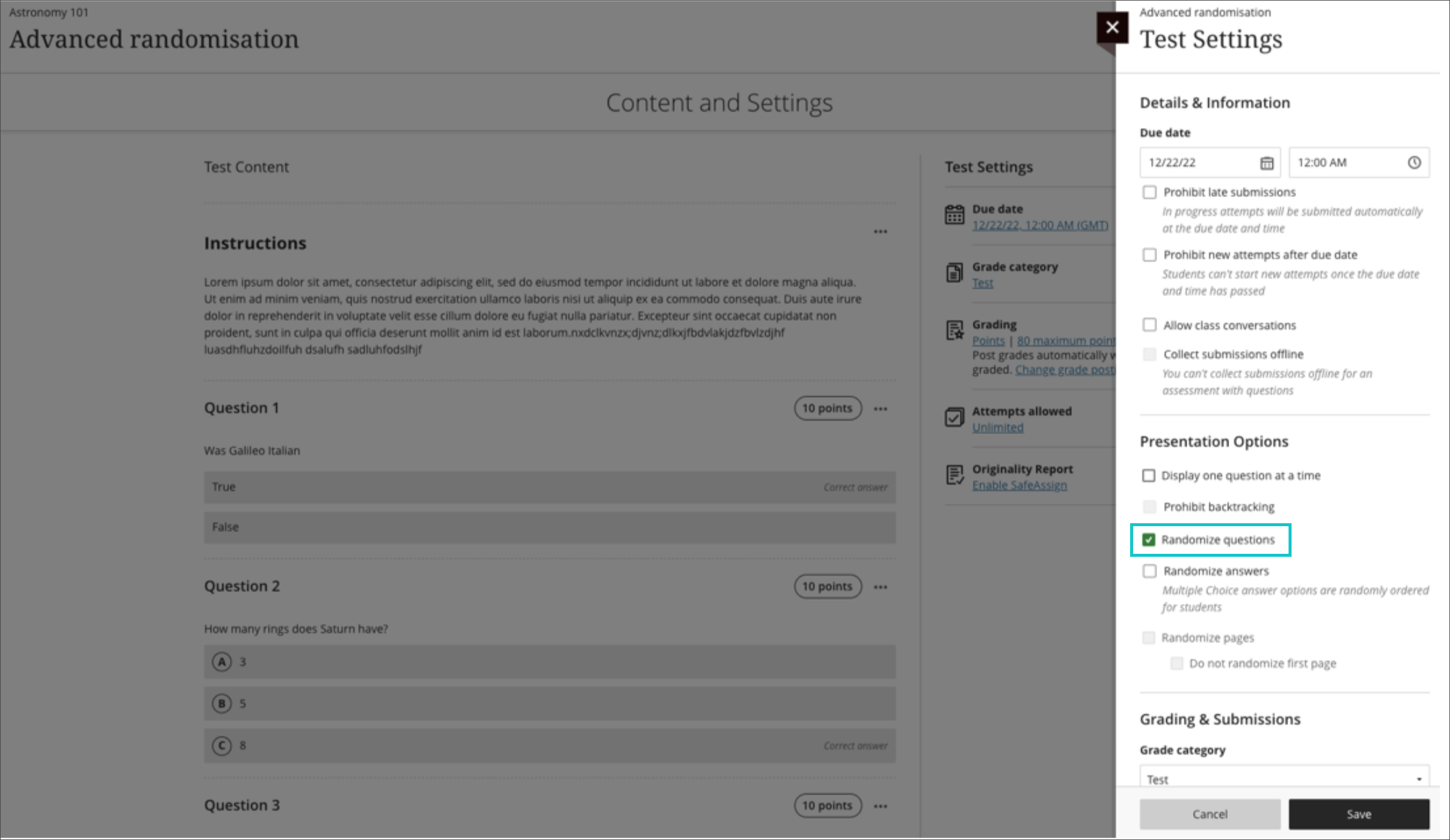
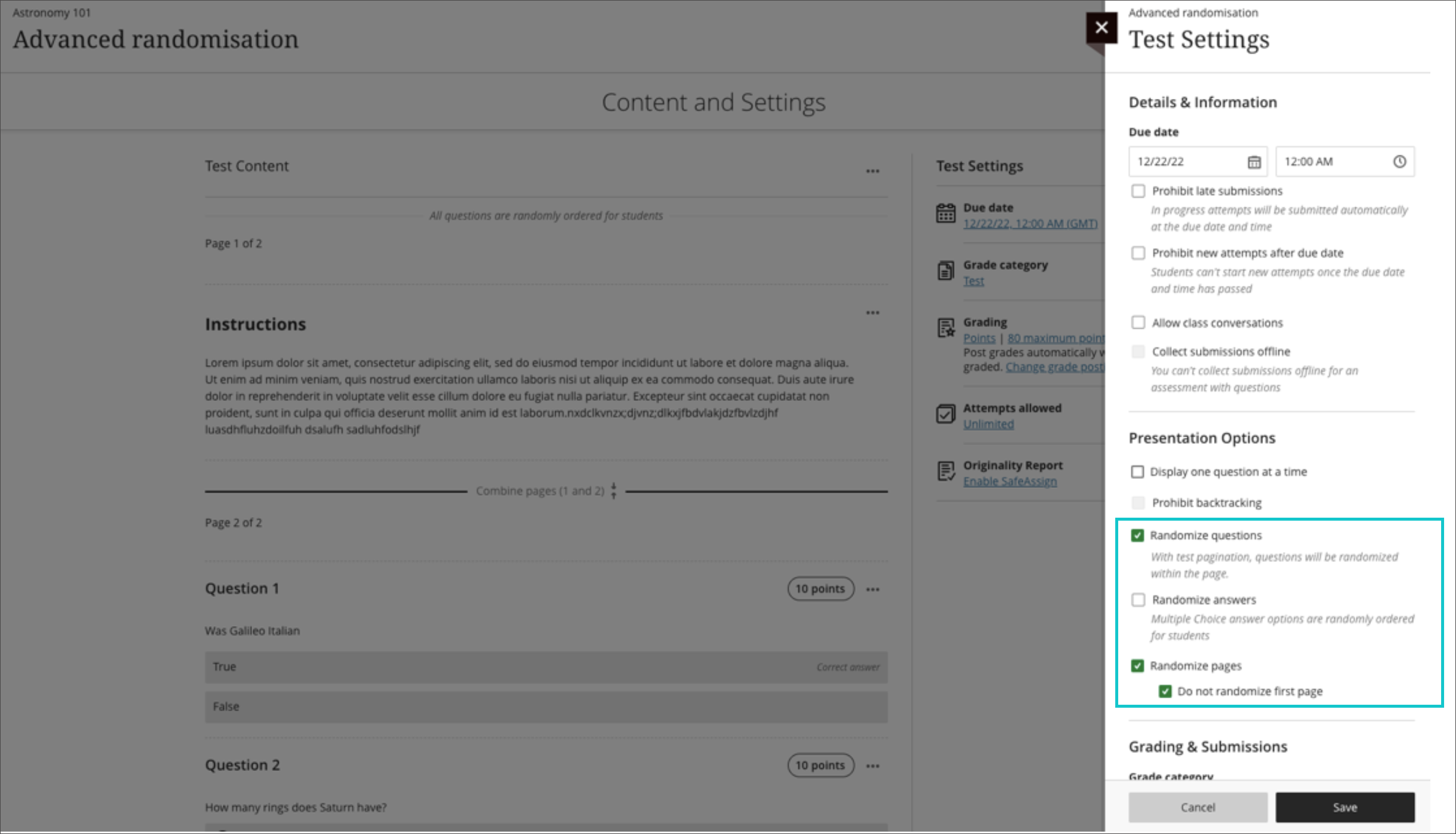

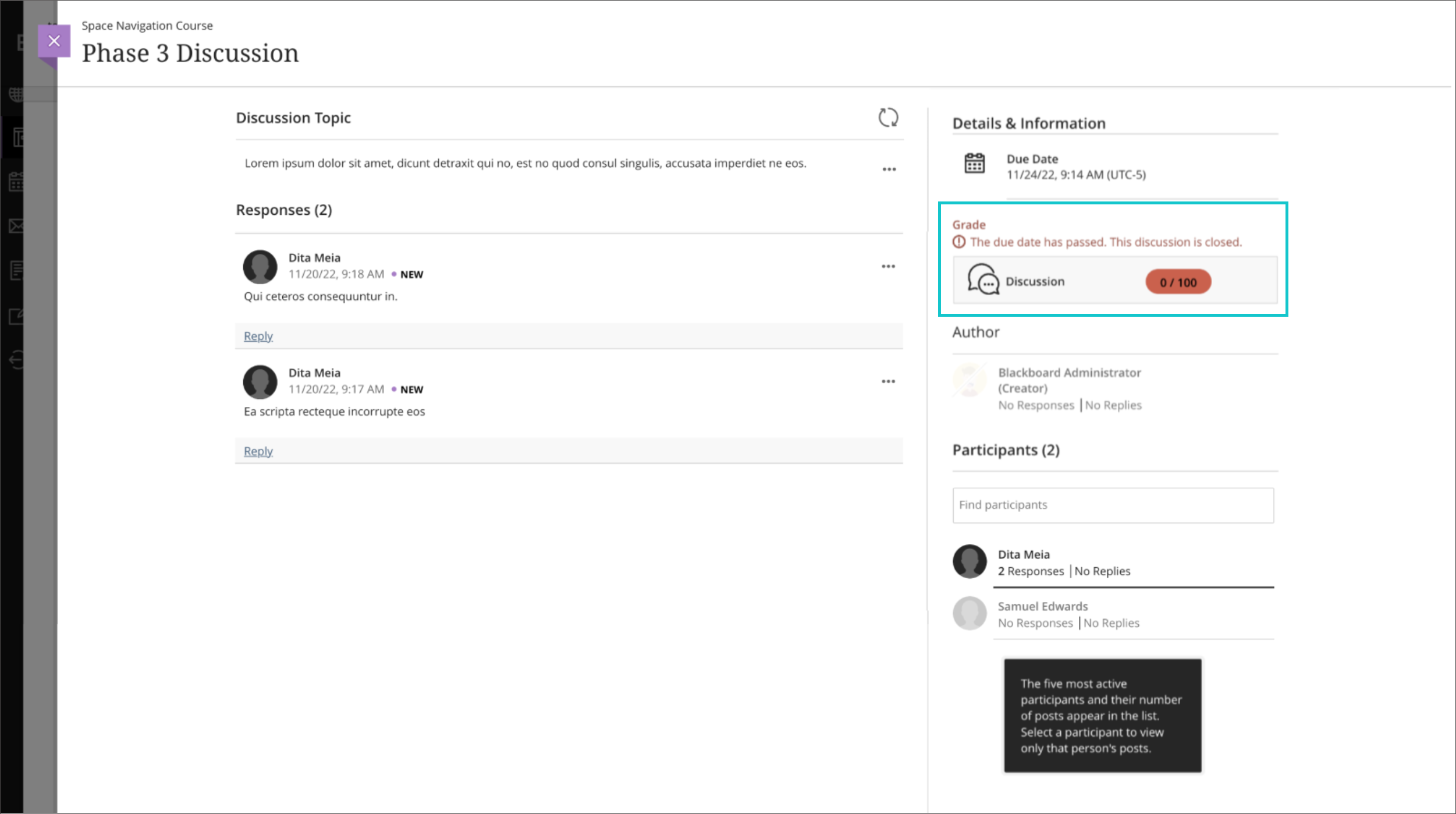
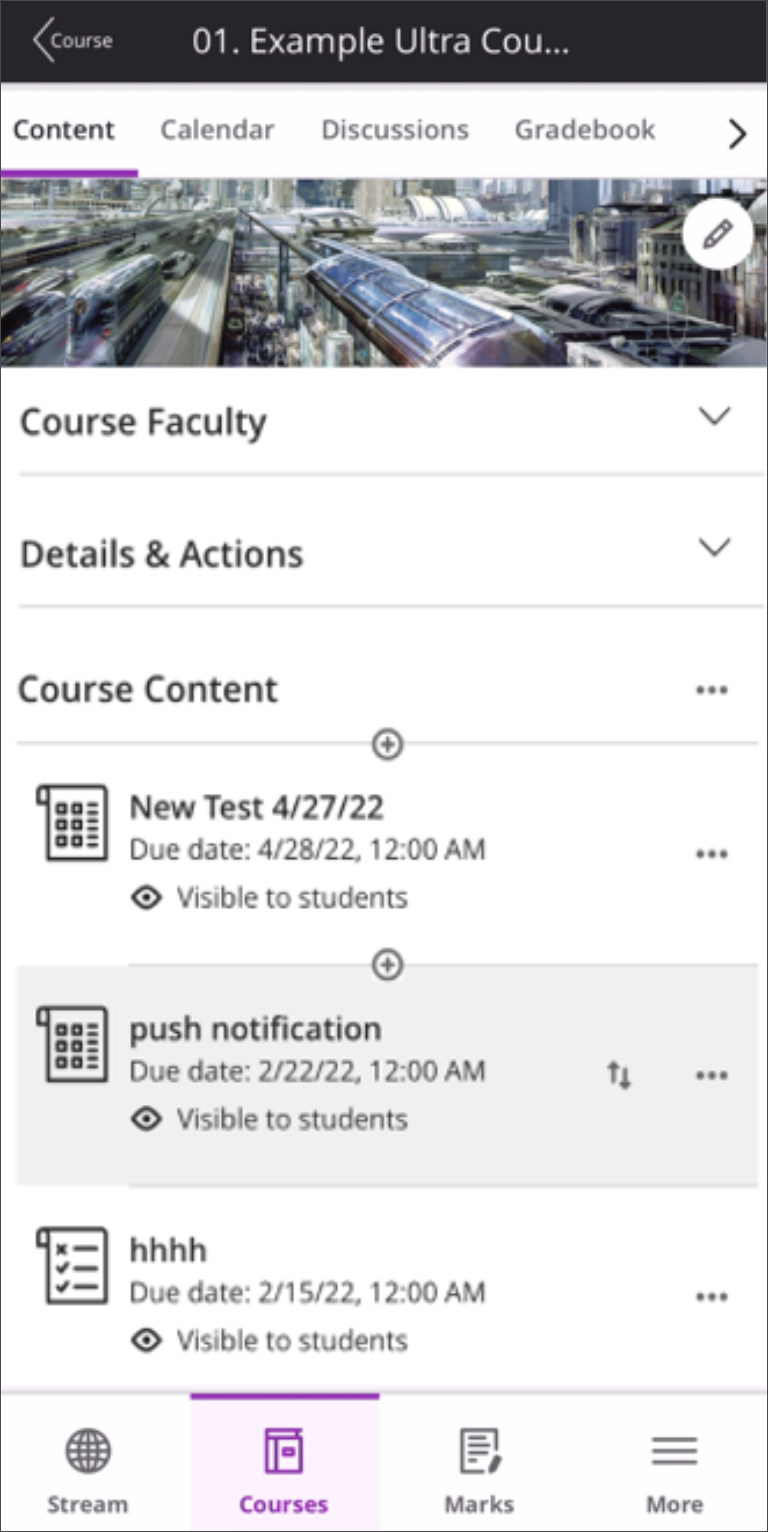

Comments are closed
Comments to this thread have been closed by the post author or by an administrator.